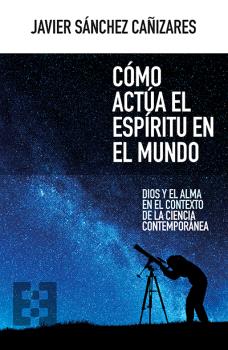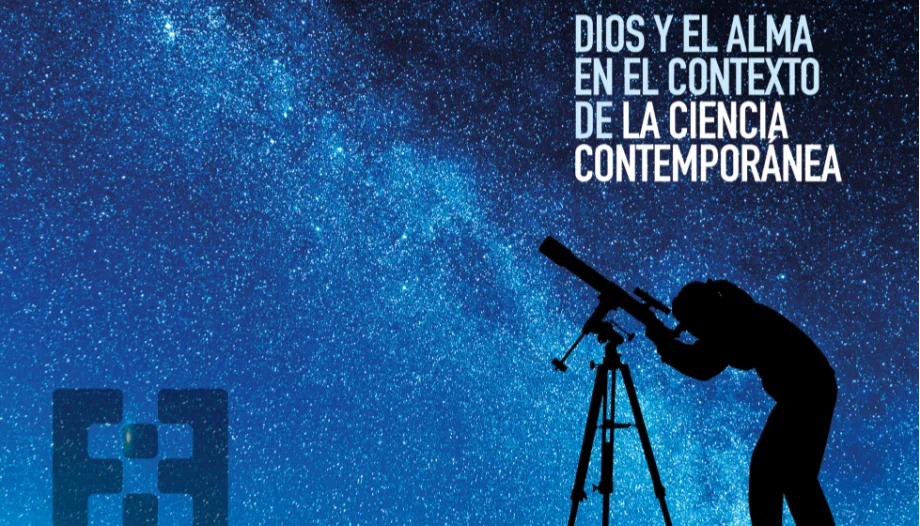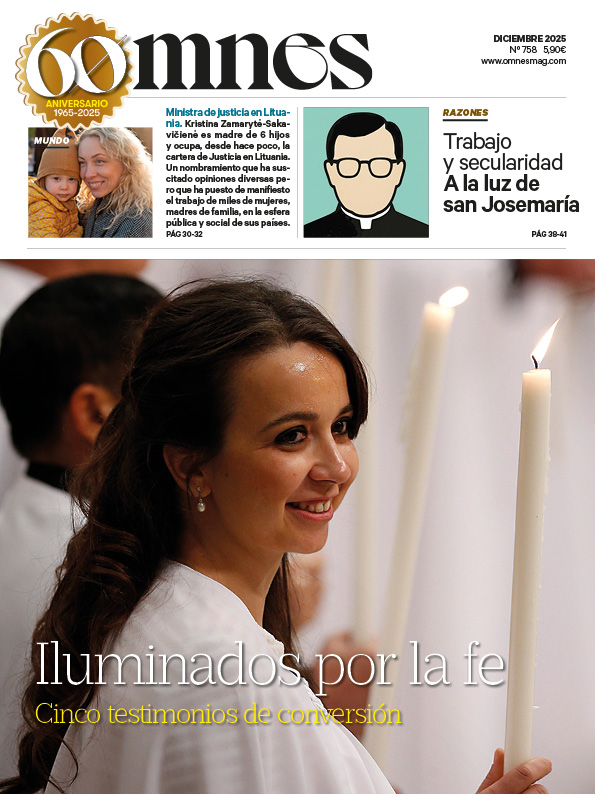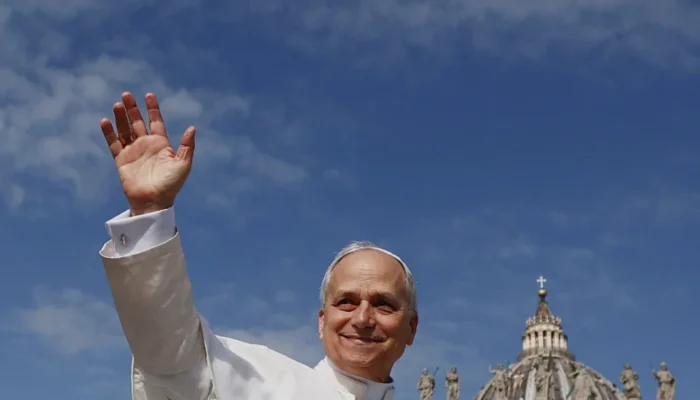Javier Sánchez Cañizares (Córdoba 1970), professor at the University of Navarra, physicist and theologian, has succeeded in synthesizing, in the book we now present, in an admirable way the intense relationship between faith and science today and how the Spirit, the human soul and the spiritual reality interact with the material reality.
The subtitle he has given to this interesting work is very significant: "God and the soul in the context of contemporary science". Indeed, Professor Javier Sánchez Cañizares openly recognizes the existence of the spirit and, moreover, its capacity to relate to matter. Moreover, he points out: "what cannot be measured is of great interest to science" (p. 11).
The great problem that the author has had in writing this work is as simple as realizing that "the book of science is written in mathematical characters" (p. 34), hence the difficulty in disseminating, for example, quantum mechanics or ultraviolet radiation.
Understanding the complex
Throughout the reading of this exciting study the important thing is not to stop, even if at some point the reader loses the thread of reasoning. At that moment, the reader must continue and will be able to pick up the thread again later, since it is not necessary to understand everything and every mathematical formula. It is convenient to learn to trust scientists and their mathematical way of reasoning, knowing that among them they exercise a rigorous and uncompromising criticism.
He then establishes an interesting comparison between the great systems to enlighten us in the current discussions: "Indeterminism is probably the quantum feature most conducive to a non-reductionist vision of nature, in clear contrast to the mechanistic visions based on a deterministic universe. According to determinism, the state of the universe at any given moment, together with the natural laws that govern its dynamics, univocally determine the state of the universe at any given moment. Quantum indeterminism, on the other hand, seems to leave room for a kind of activity that goes beyond what is quantifiable and determinable by physics in a mechanistic way" (p. 93).
Shortly afterwards he will add: "the framework provided by quantum mechanics could be indicating the compatibility and complementarity of the behavior of free agents with the laws of physics, which remain open in their fundamental indeterminacy" (p. 94).
In addition, he will explain the complexity of the possible causes involved in a physical process and, therefore, the patience to arrive at the "principle of sufficient reason" so that the fact is explained (p. 111). And, of course, how scientific theories and models work (p. 112).
Matter and spirit
In the second part of the book he will speak of the "real reasons for a renewed vision". The aim will be to shed light that avoids a rupturist vision and gives way to an integral vision of the world of matter and spirit in the perspective of "creative nature" (p. 143).
It is logical that he goes deeply into the hylemorphist theory of Aristotle and its retouched and improved version of St. Thomas, with contributions from physics itself: "We could describe life as a rebellion of systems in the face of the general tendency of increasing entropy in the universe" (p. 147).
Likewise, he will also bring concepts from evolutionary theory itself in its current version: "The bottom line is that the selective pressure of the environment also changes because the environment itself does so, albeit on much longer time scales. The outcome of success or failure, in the short or long term, for a species can be a highly nontrivial and difficult matter to predict" (p. 149).
Then, he will clearly state: "with the arrival of the human being, evolution seems to take a giant leap, in such a way that we are no longer simply in a random evolution, in which we advance by trial and error, but we are capable of generating culture, learning through the transmission of ideas, symbolic languages, history or sense of transcendence" (p. 171).
The human soul
Faced with the direct question about the origin of the soul, our author will also answer directly: "Man comes entirely from evolution and entirely from God: evolution is nothing but the way in which the creative action of God unfolds. That the human soul is created directly and immediately by God does not mean that God breaks directly into the specific temporality of evolution, it means that the human being, bearer of an immaterial soul, is for this reason the subject of a direct and immediate relationship with God. Our misunderstandings about how to combine evolution and creation ultimately stem from a faulty understanding of creation" (p. 182).
The concept of "ontological emergence" handled by our author is interesting, but we will let him explain it: "we will show how the ontological emergence that we have called 'take-off of immateriality', could be understood as an ontological change where the tendency of the type of granularity that we observe in the emergence of natural systems is reversed" (p. 183).
In the last section on how God acts in the world, he will continue his approach from the philosophy of science and the world of physics to recall the basic notions of theodicy: "God does not emerge in creation, God is eternal and is not subject to temporal succession, to the change and movement typical of the natural world in which we exist" (p. 213).
Later, he will remind us of the difficulty of language to express questions of great depth: "the challenge lies in articulating that divine causality, the activity ad extra of God, with natural or created causality" (p. 214). That is to say: "how to understand the articulation of transcendence and immanence in the divine activity" (p. 216). He will also add: "how to articulate the created, temporal being and the subsistent, eternal Being, which are alike in existence and dissimilar in almost everything else" (p. 217).
How the Spirit acts in the world. God and the soul in the context of contemporary science.








